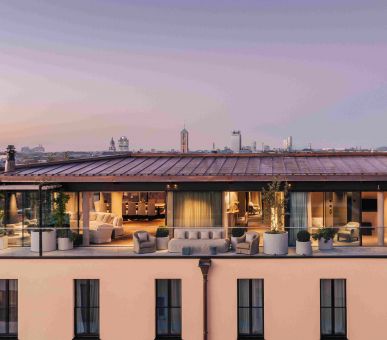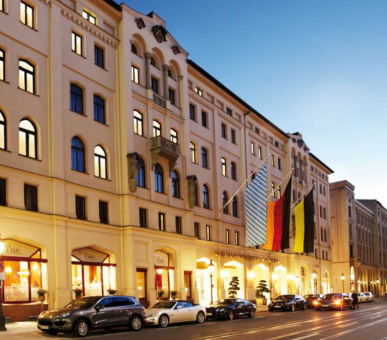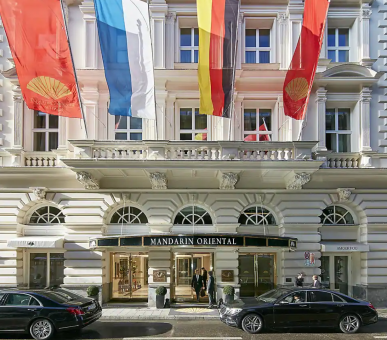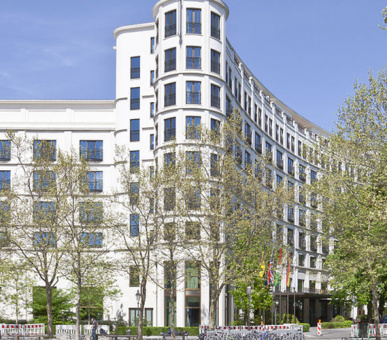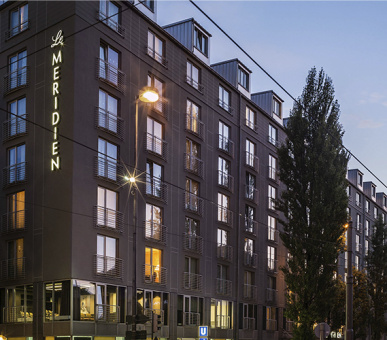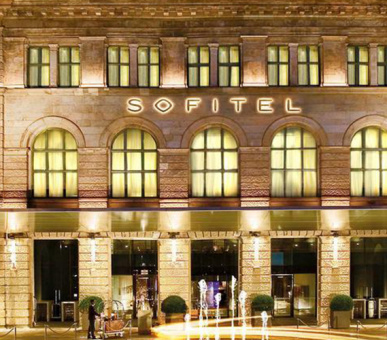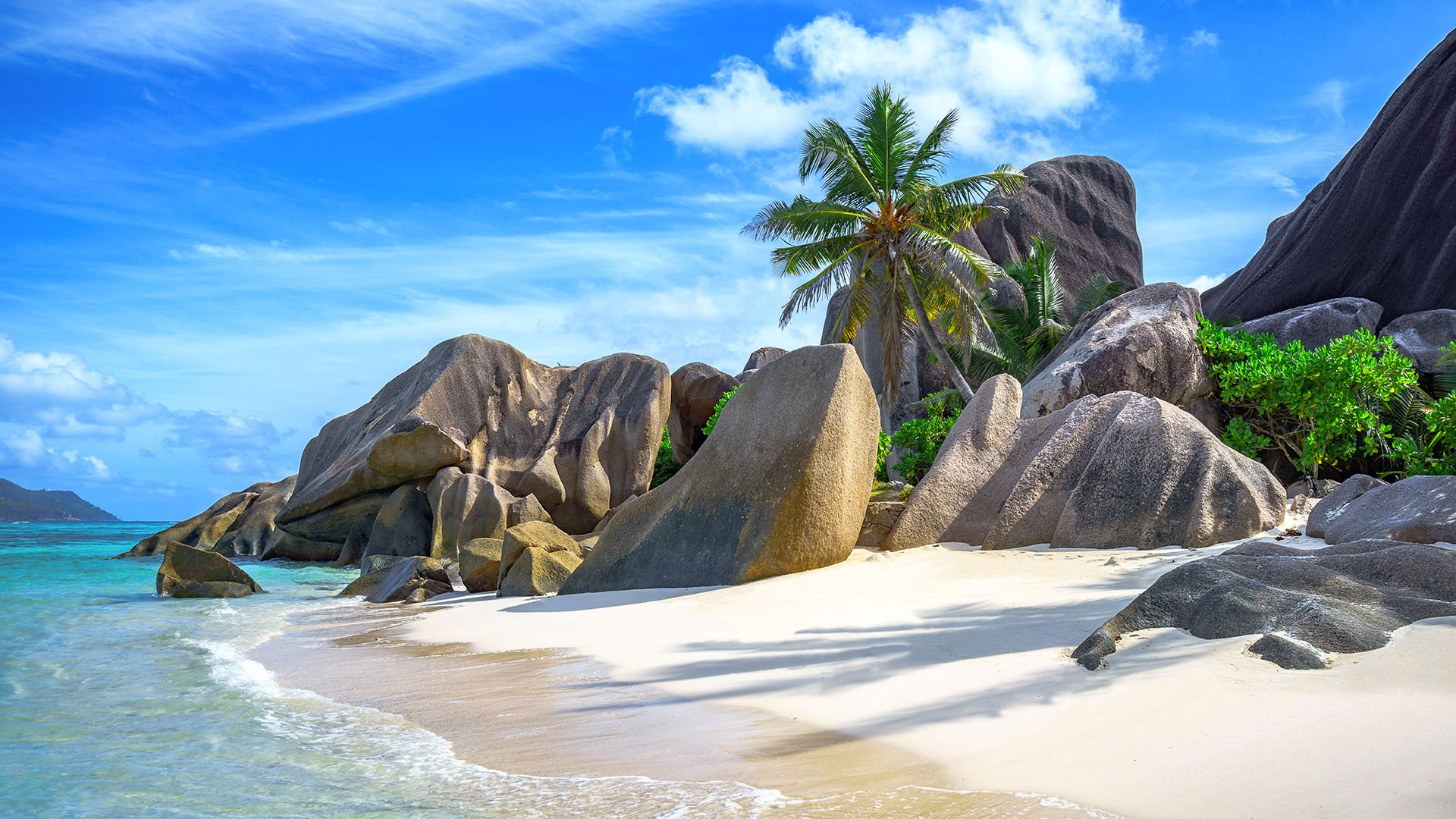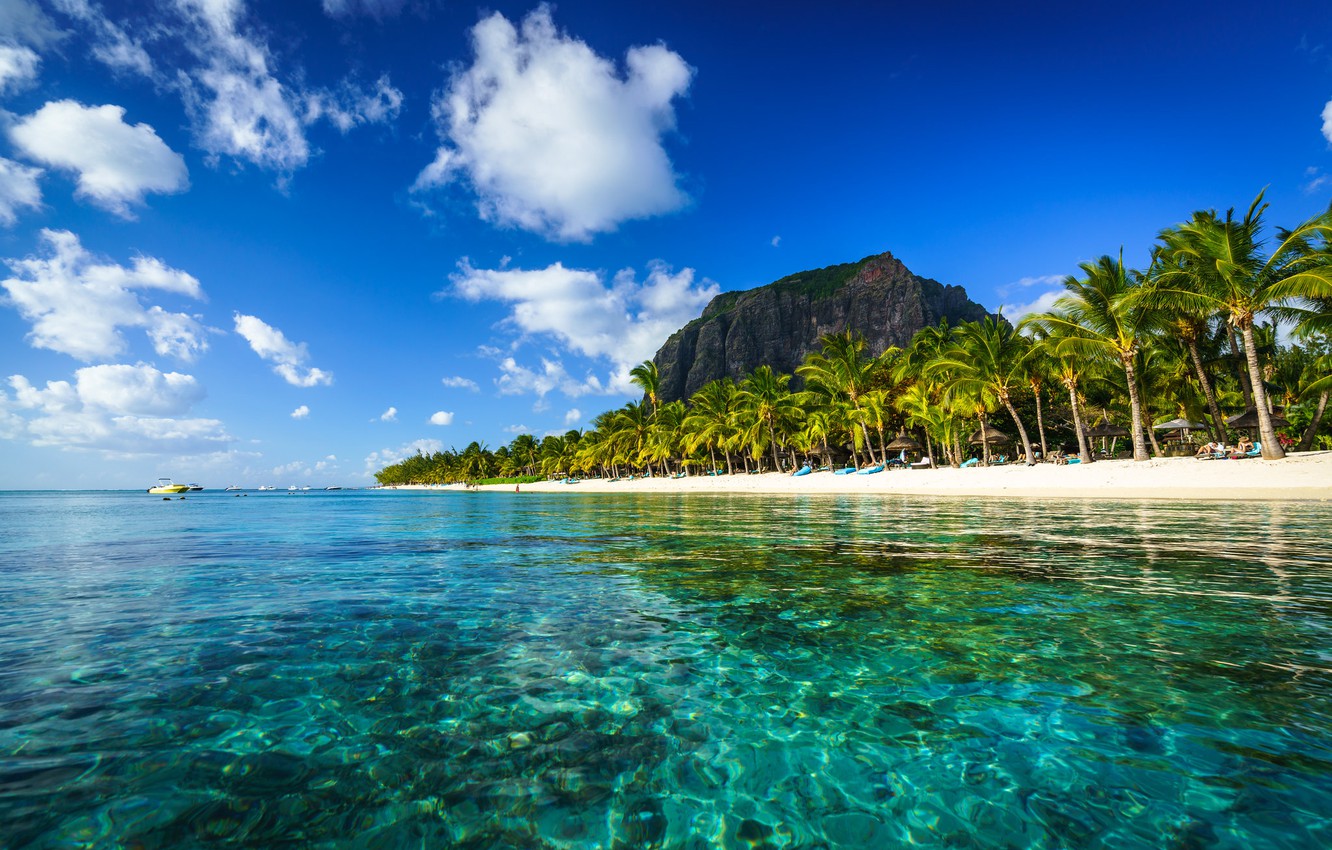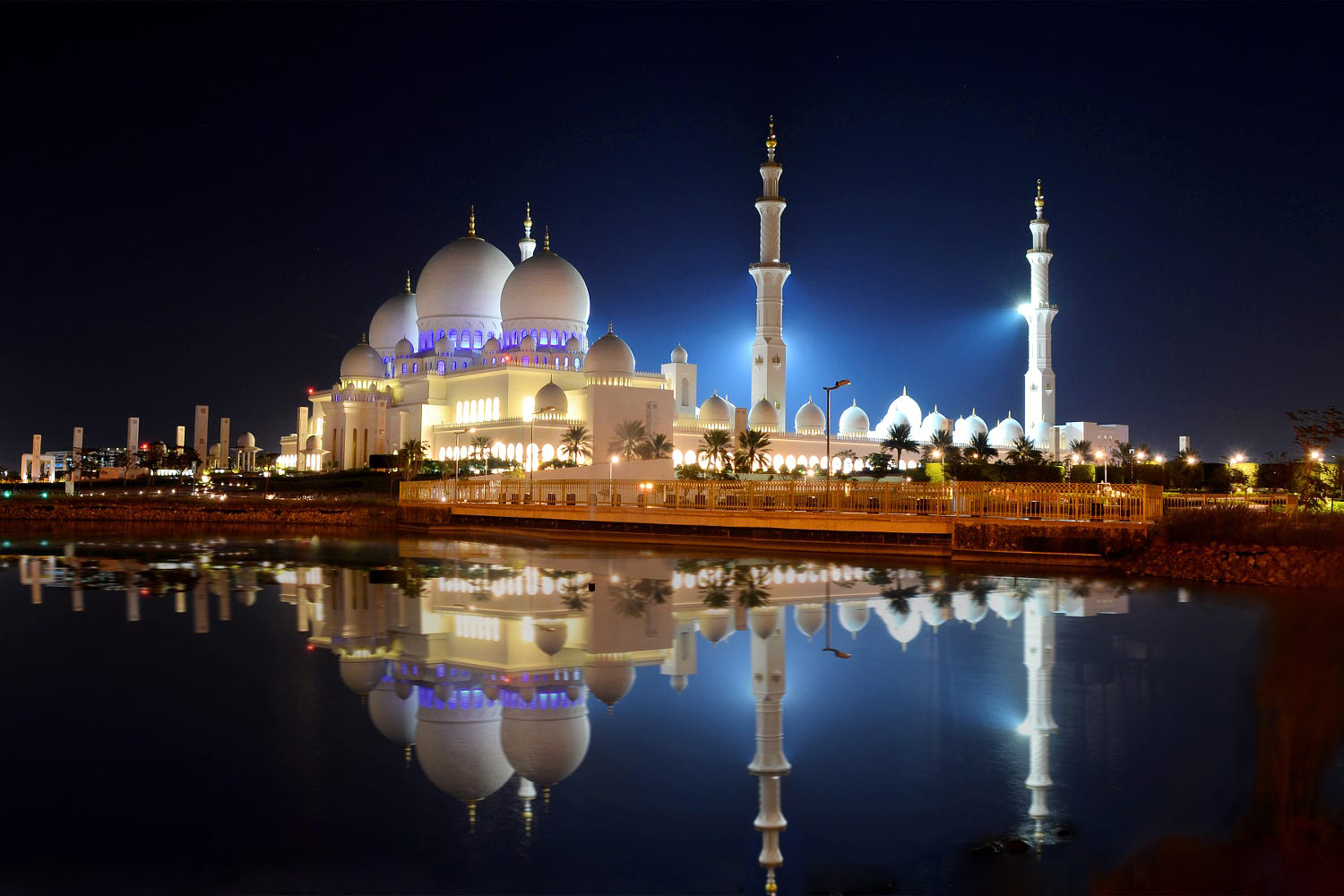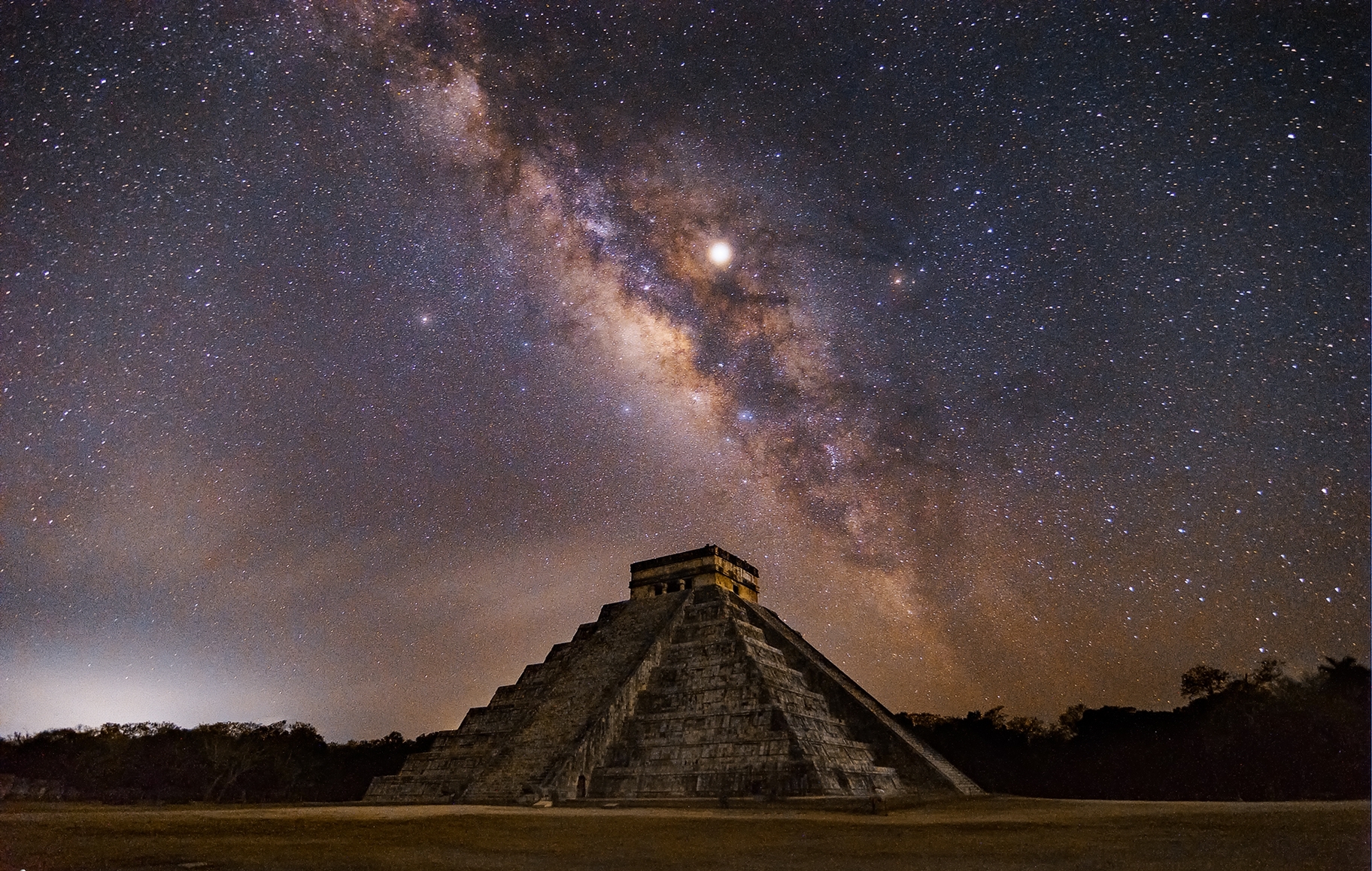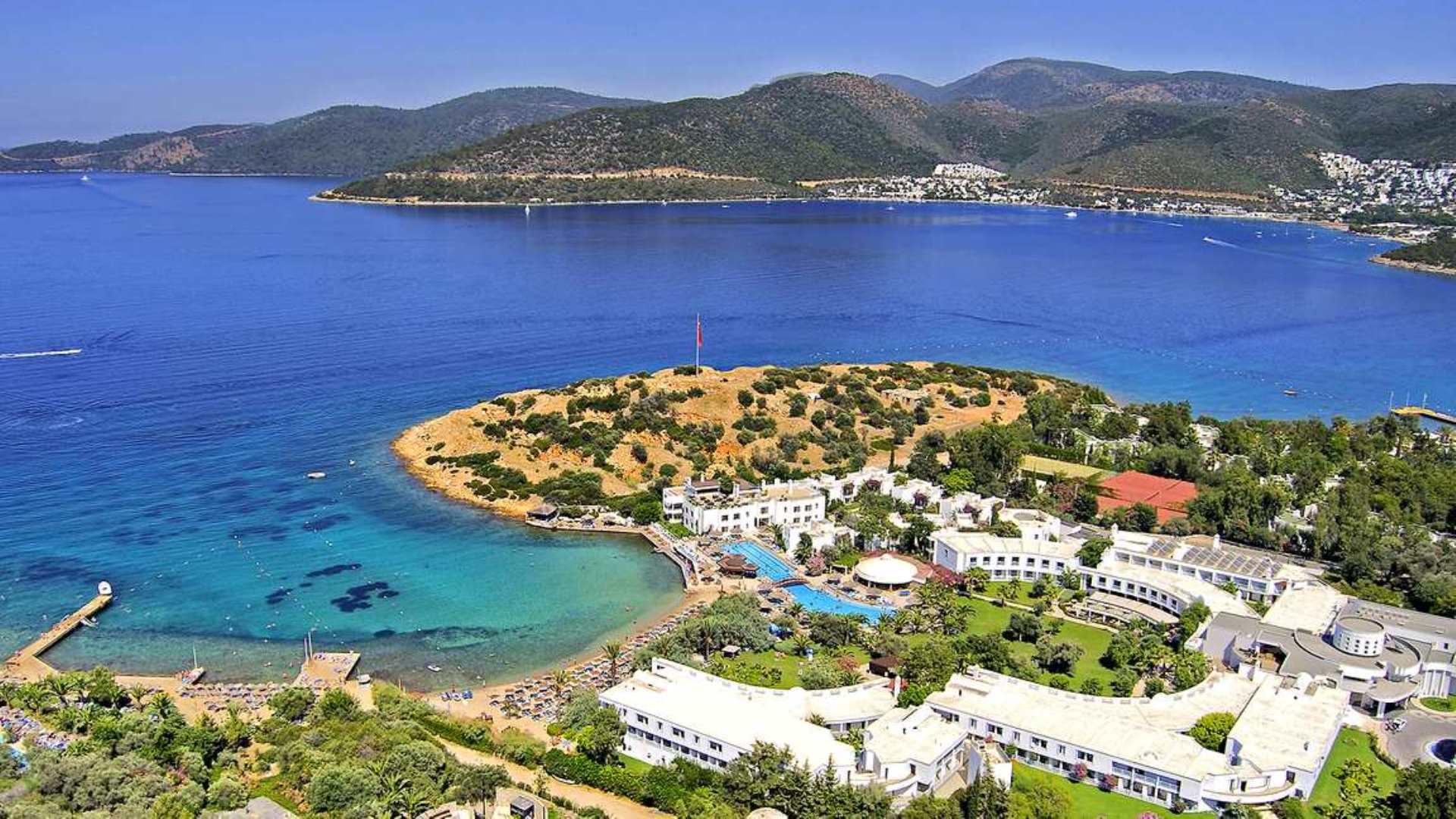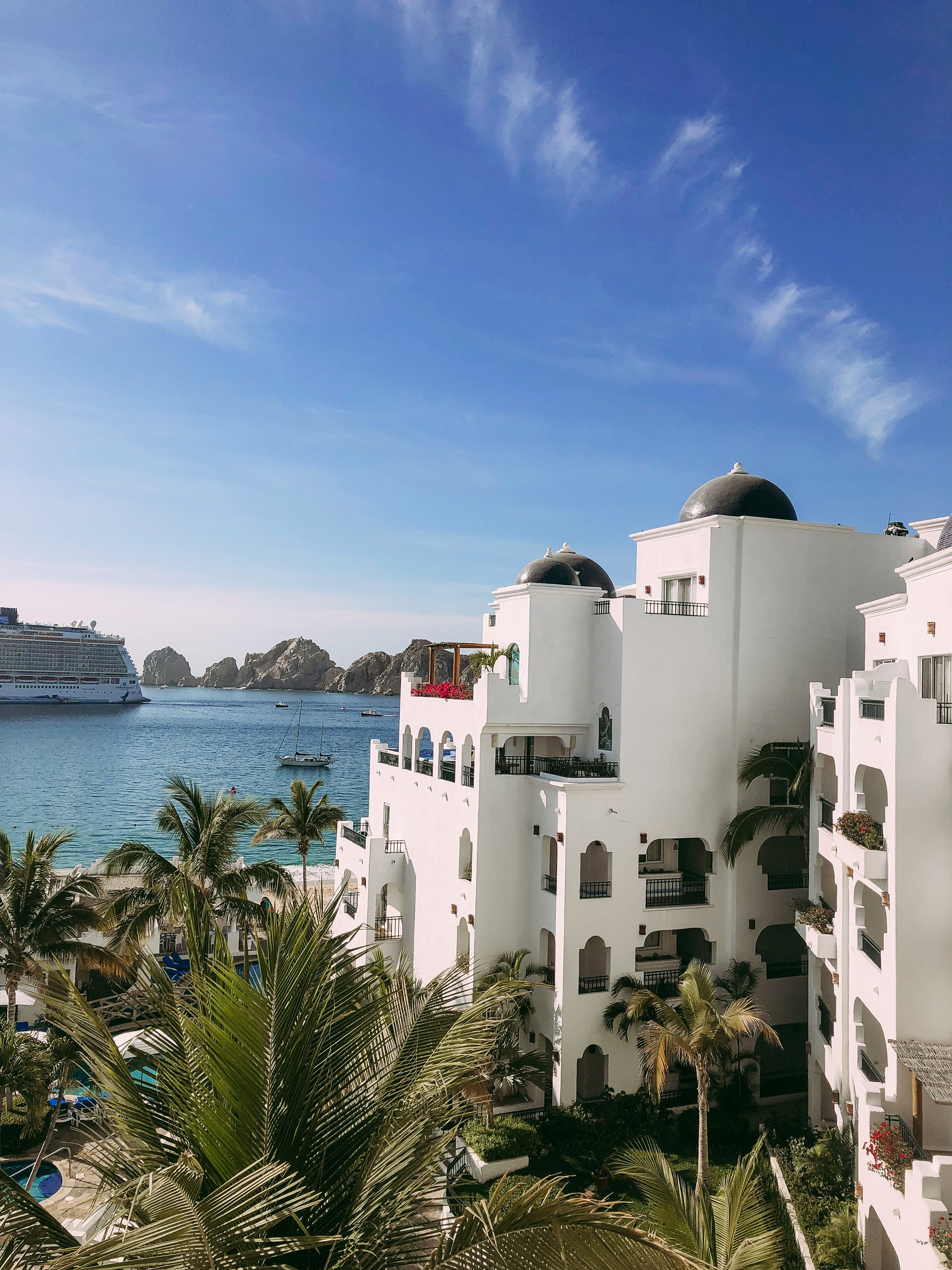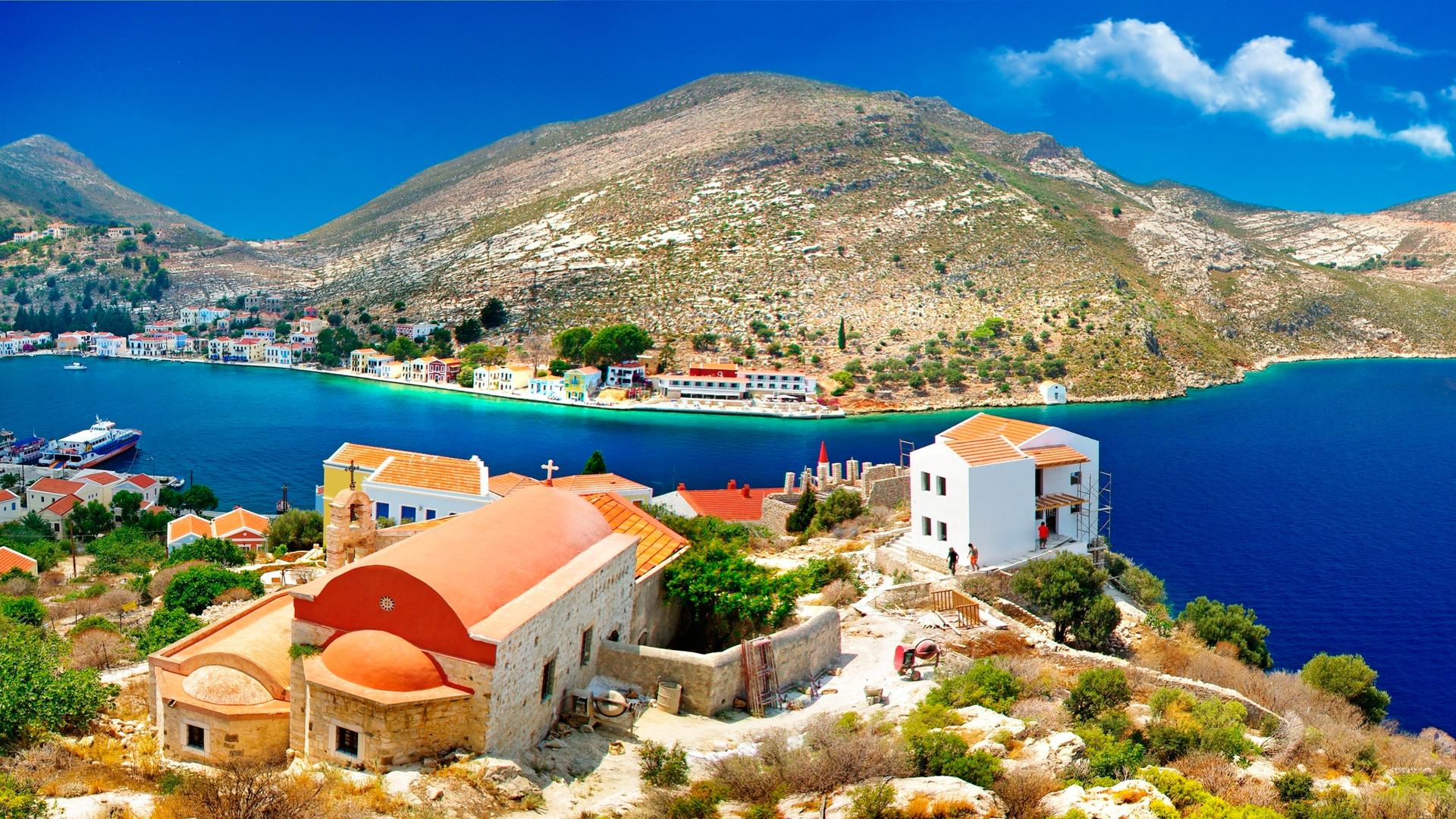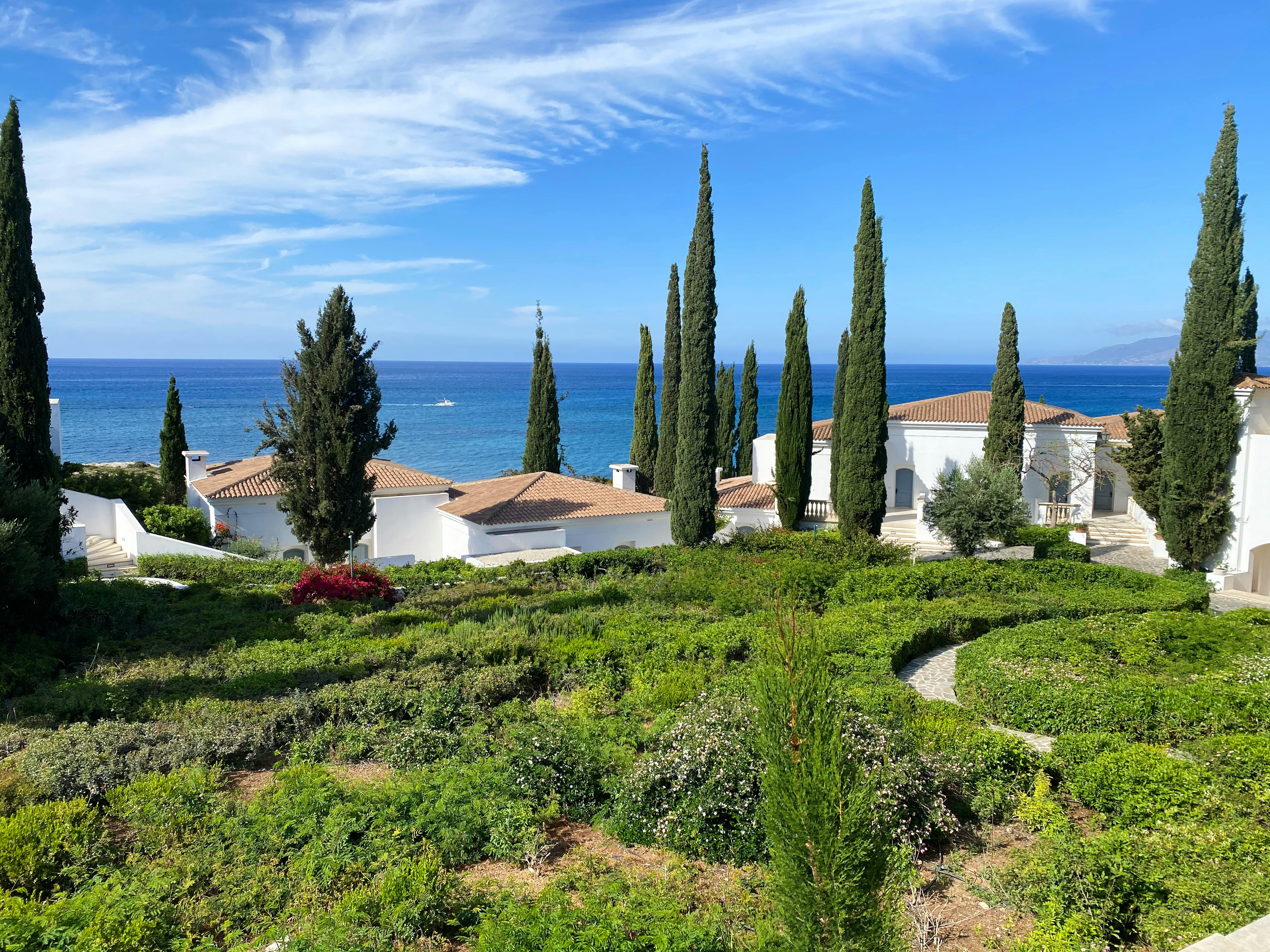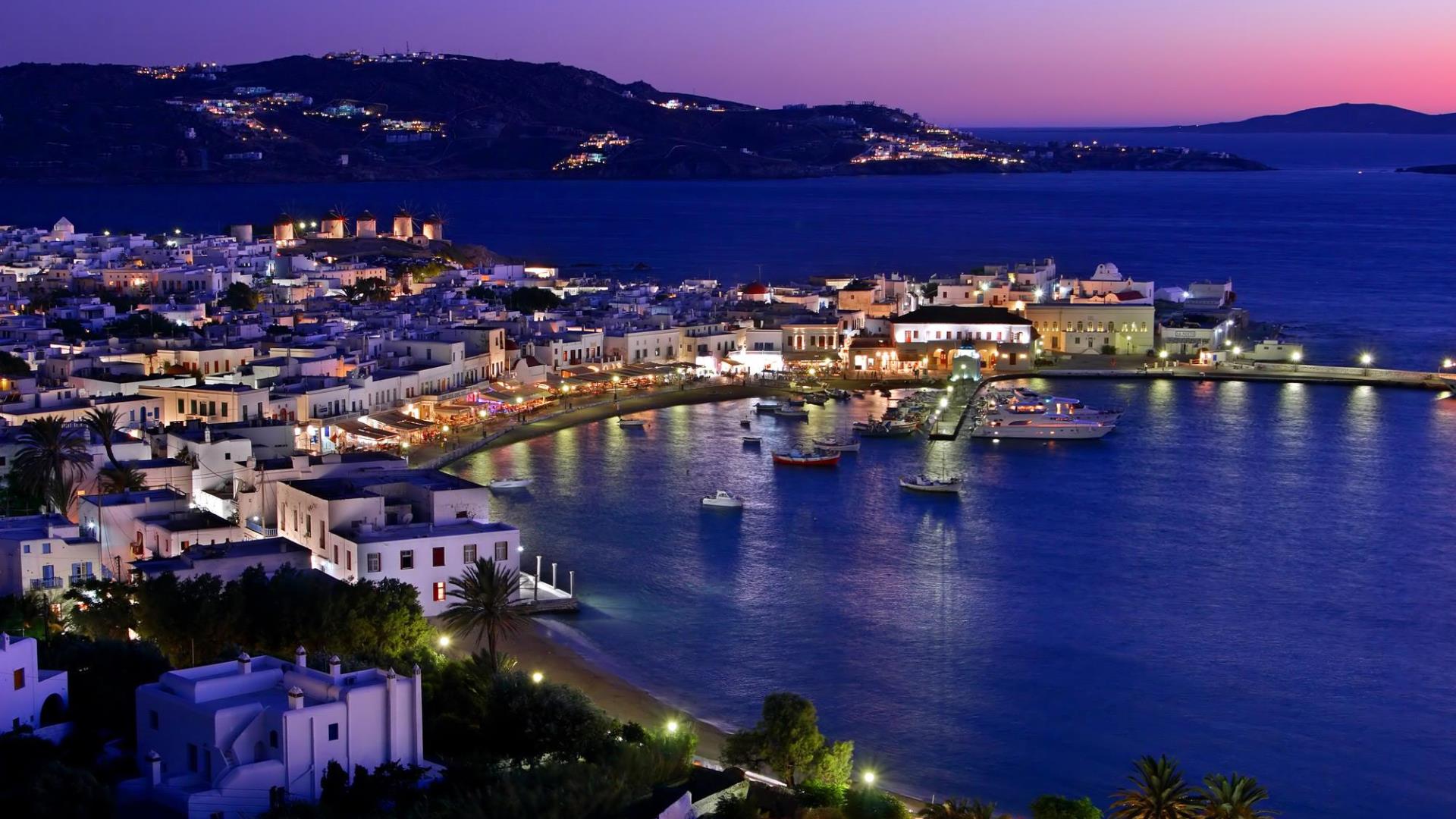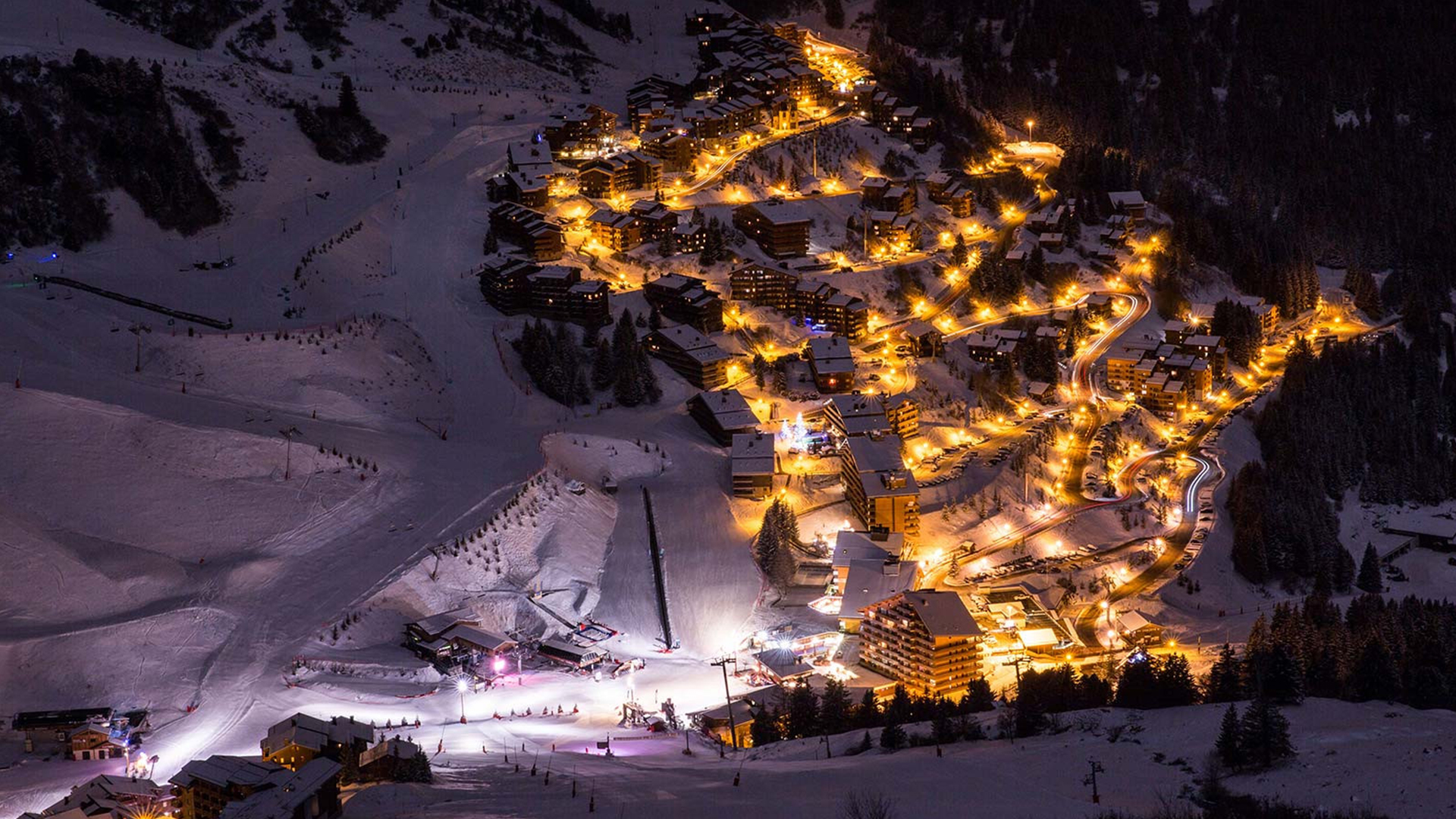Holidays in Munich
Hotels
MUNHEN. The German Rome is often called the capital Bavaria Munich. The history of Munich goes deep for centuries, the official date of its founding is 1158.
The capital of Bavaria, Munich, is secretly regarded by the Bawarians as the capital of Germany - so great his artistic and cultural wealth. There are about 50 museums in the city, but Munich remains a city of beer traditions and holidays. This is where the world's largest beer festival is Octoberfest.
Special features of the Munich Tour
Meeting the city will begin with Marientlez Square. Since the beginning of the city of Henry Lvom, this area has been the centre of Munich. Before the beginning of the nineteenth century, in today ' s Marianplats Square, which was then called Shrannenplatz, there were cereals and peasant bases; in the Middle Ages, this was the place of the knight turbines. Today ' s name is Marianplac ' s cologne, María, which was founded in the centre of Hubert Gerhardt Square in 1638 to be grateful for the city ' s mercy during the Swedish occupation. The outstanding construction of the Marianplac is the King Ludwig I New Ratus, which, under the highest decree, has been demolished by 24 houses of the old Munich building.
The central part of the three-stage construction in 1867-1909 under the leadership of Georg Hauberisser of the New Ratusha Building in a non-hogotic manner is the 85-metre retouch tower. The building ' s facade of about 100 metres decorates the shapes and ornaments of the Bawar Germans, Princess, Kings, Allegories, legendary characters and saints. The inner yards are built on the example of gothic locks. Every day, a bell ringing from a back tower with 32 figures almost human growth represents scenes from the history of the city.
The oldest part of the city is Jorg von Halspah Old Ratush, built in the 1470-80 years, most of which was destroyed during the Second World War. There's a hall of rascal on the gate, a wooden oval ceiling with decorative belts is the pearl German latent. The Red Tower is reconstructed in 1975 by the Toy Museum.
The Church of St. Petra, the first and the oldest parish church, is located near the area of Marienplac.
The area of Karlsplatz, called the Stahus people, was planted in 1791 after the demolition of city reinforcements in front of the Carlstor gate. This area is one of the most vibrant transport and outlets in the city.
Munich's most famous symbol
During the rest, travelers must see the most famous symbol of Munich.♪Franquirhe♪ This building, since 1821, the main church of the newly created Archbishop of Munich-Fraysing, has a rich history, closely linked to the Vittelsbachs and their desire to create their own blindness. Since 1468, a new construction has followed a significant building in the first half of the thirteenth century. The award was given to Jorg von Halspah, who built a vast building of Fruenkirhe (109 metres long and 40 metres wide) as soon as possible in a brick execution. After the first stone was laid in 1468 by the Duke of Sigismund and Bishop Johannes Tulbek in 1494, it was possible to solemnize the church. But both towers lost only in 1525. The building of Frauenkirhe with three skys with polygon choirs is quite well.
is consistent with the tradition of south German constructing.The building of Maximilianneum, the residence of the Bawarland and the Senate, was built on the instructions of King Maximilian Friedrich Burklein in 1857-1874 as the School for gifted students. There are two-storey side flanks on the broad-based tract with the Renessance Aeronautics, which end with three-stage towers in the corners.

